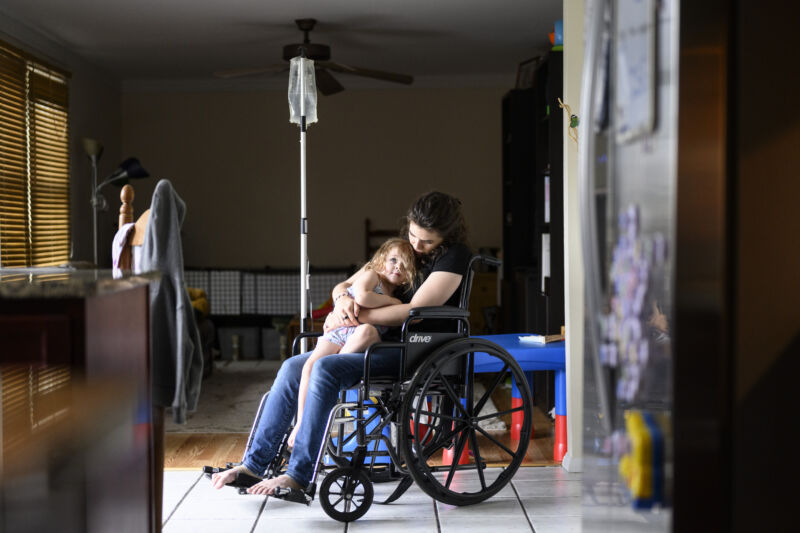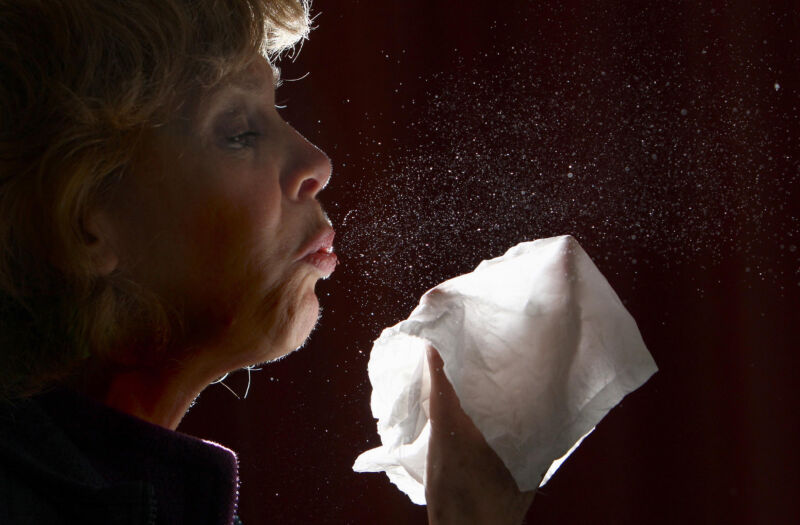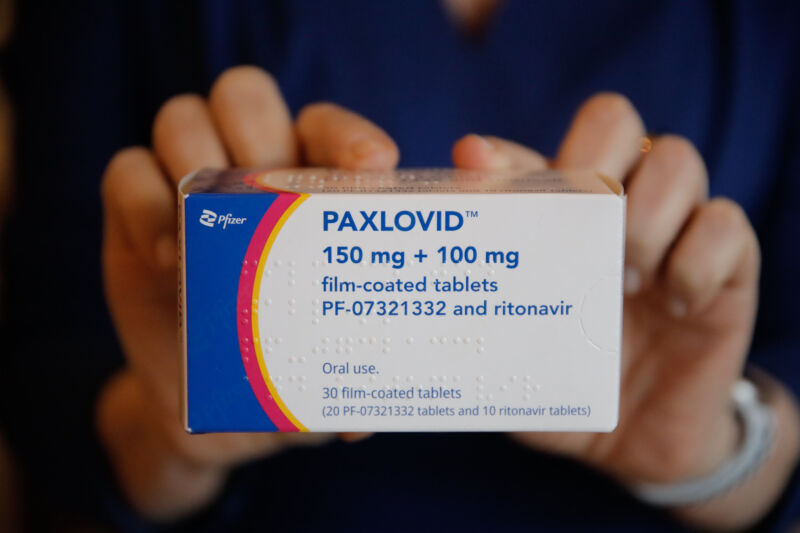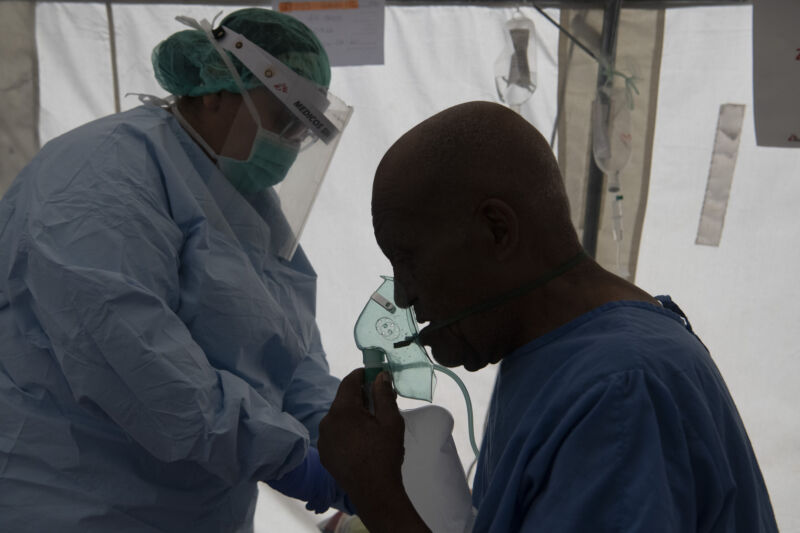Study narrows long COVID’s 200+ symptoms to core list of 12

Tens of millions of people worldwide are thought to have developed long-term symptoms and conditions in the wake of a SARS-CoV-2 infection. But this sometimes-debilitating phenomenon, often called long COVID, remains a puzzle to researchers. What causes it? Who gets it? And, perhaps, the most maddening one: What is it?
Long COVID patients have reported a wide spectrum of more than 200 symptoms. Some are common, like loss of smell, while others are rarer, like tremors. Some patients have familiar constellations of symptoms, others seem to have idiosyncratic assortments.
Researchers hypothesize that long COVID may simply be an umbrella term for a collection of variable—and potentially overlapping—post-COVID conditions that may have different causes. Those causes might include autoimmunity, immune system dysregulation, organ injury, viral persistence, and intestinal microbiome imbalances (dysbiosis).
As millions continue to struggle with the realities of their conditions, research on long COVID is, unfortunately, still in its infancy. But a study published Thursday in JAMA offers a hopeful small step toward understanding the condition. With data from 9,764 participants, researchers whittled down long COVID’s more than 200 symptoms to a weighted list of 12 core symptoms. The list is not a final definition of long COVID as it needs to be validated in further studies. But it’s a start. It could help direct further research, identify different subtypes of long COVID, and develop diagnostic tools, like biomarkers.
The study—part of the National Institutes of Health’s Researching COVID to Enhance Recovery (RECOVER) Initiative—surveyed symptoms and conditions among people with a past SARS-CoV-2 infection (8,646 people) and those without (1,118). Researchers looked at the frequency of each symptom identified and the symptoms that differentiated the infected from the uninfected.
They came to a core list of 12 symptoms and assigned each symptom a score that represented the odds of it being related to COVID-19. The scores for each of the 12 symptoms ranged from 1 to 8, and the researchers added up the symptom points for each person in the trial. Based on the spectrum of score totals seen among uninfected people, the researchers concluded that a score of 12 was a reasonable cutoff for determining if someone had long COVID. And that cutoff was validated when they looked at how it correlated with the participants’ reports of quality of life and health.
Here is the list of 12 symptoms and their scores:
| Symptoms | Score |
| Loss of smell or taste | 8 |
| Post-exertional malaise (feeling tired after minor physical or mental activity) | 7 |
| Chronic cough | 4 |
| Brain fog | 3 |
| Thirst | 3 |
| Palpitations | 2 |
| Chest pain | 2 |
| Fatigue | 1 |
| Changes in sexual desire or capacity | 1 |
| Dizziness | 1 |
| Gastrointestinal symptoms | 1 |
| Abnormal movements | 1 |
| Hair loss | 1 |
https://arstechnica.com/?p=1942604



